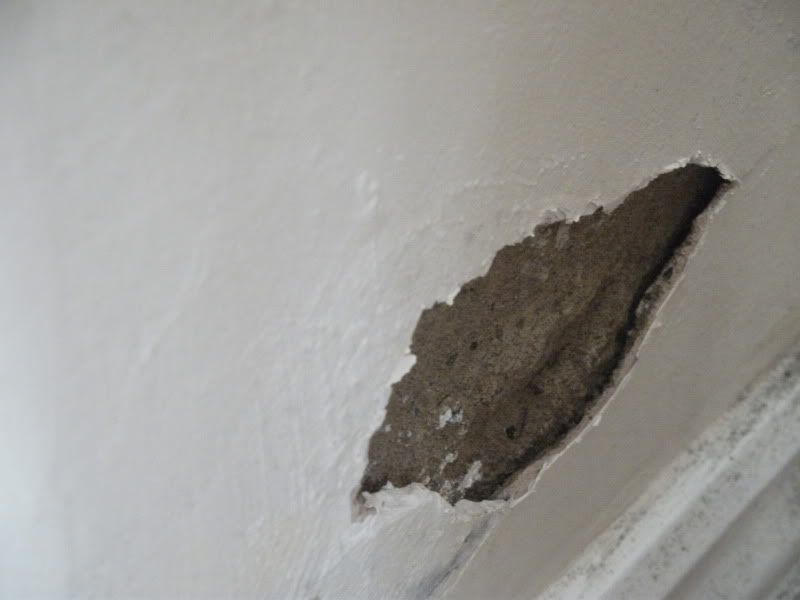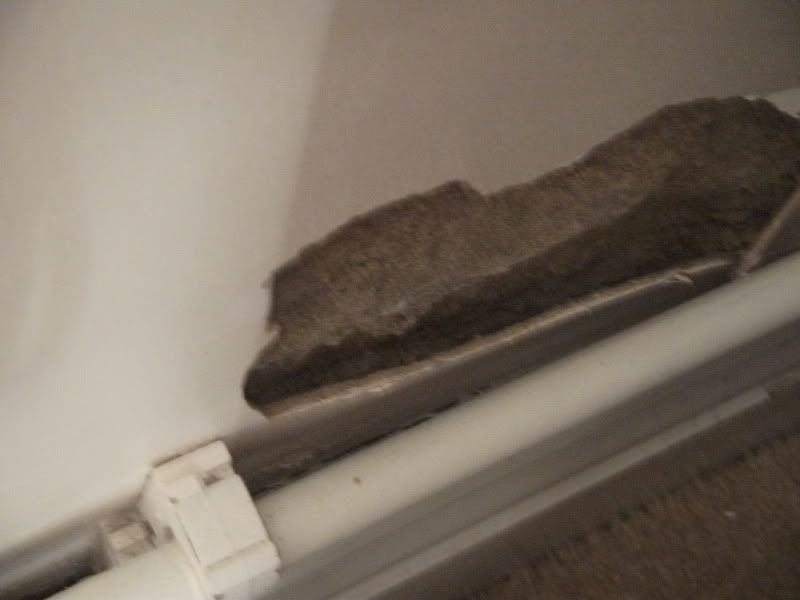Our back dining room has a bit of blown plaster in various places and a couple of bits have come away from the wall.
Underneath these bits, the wall it is joined to is crumbling away as it appears there is a coating over the bricks almost like cement. I have put some pics below so you can see.
At some point I want to chip away all of the blown plaster so it can be patched either by myself or a plasterer.
My question is, is there any work I should do to the wall behind as it is quite unlevel. I will make sure all of the crumbling coating behind has been removed but I don't want the same to happen again.
If anyone knows what the coating behind is then I would be grateful to know for the future.
Thanks


Underneath these bits, the wall it is joined to is crumbling away as it appears there is a coating over the bricks almost like cement. I have put some pics below so you can see.
At some point I want to chip away all of the blown plaster so it can be patched either by myself or a plasterer.
My question is, is there any work I should do to the wall behind as it is quite unlevel. I will make sure all of the crumbling coating behind has been removed but I don't want the same to happen again.
If anyone knows what the coating behind is then I would be grateful to know for the future.
Thanks



